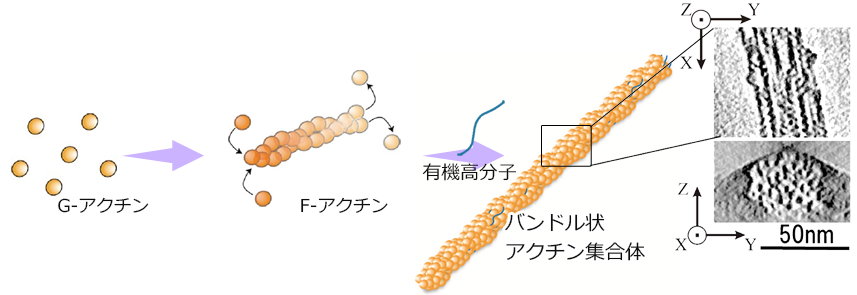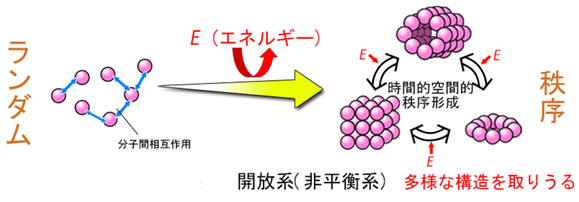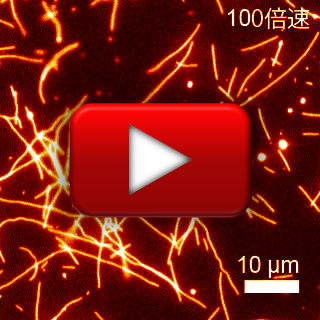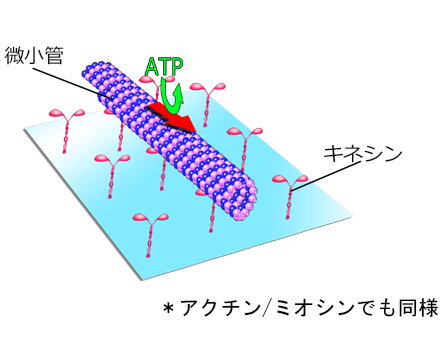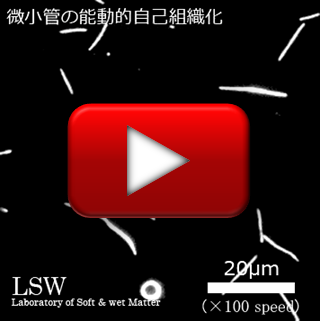Self-Organization
Self-organization is nature’s preferred way of building its creations on various scales and is the process by which isolated components assemble autonomously and spontaneously into an ordered and/or functional structure. To assemble a power system from discrete biological unit, we are making use of self-organization in our laboratory. Self-organization process is mainly of two types- passive self-organization and active self-organization.
Passive self-organization
It is a self-organization process where equilibrium exists between assembly forming units and assembled structure. No supply of energy from outside the system is required and assembled structures are thermodynamically stable. Formation of micelle and crystals are examples of passive self-organization.
Passive self-organization of actin
Under physiological conditions, globular actin monomers (G-actin) are self-assembled into linear filaments named F-actin. F-actins also assemble into parallel bundles or form cross-linked networks in the presence of actin linker proteins, in vivo. In our laboratory we discovered that some synthetic polymers also can successfully assemble F-actin into filamentous, branched, and stranded complexes where morphological nature of these complexes was influenced by the chemical structure of the polymers.
Active self-organization
Active self-organization differs from the passive self-organization in that it proceeds in the presence of continuous supply of energy inside the self-organization system. After assembly formation, the assembled structures maintain their stability in a non-equilibrium steady state. Examples of active self-organization could be observed in nature from discrete living organism to giant cloud.
Active self-organization of microtubules
Kinesin is the microtubule oriented motor protein that can move along microtubule at the expense of energy obtained from ATP. When fixed on a substrate, kinesin can generate force that can be utilized to produce translational motion of microtubules as shown in the video. Moving microtubules formed assembled structures of various morphologies, e.g. bundle, ring and network, when a specific streptavidin-biotin interaction was employed. Thus active self-organization has been a promising technique to integrate motor protein system into ordered structure which can offer assembled structures with functions of a wide range as observed in natural systems.
Spatiotemporal control and future challenge
Currently, in our laboratory, we are trying to have spatiotemporal control on the passive and active self-organization of motor protein systems. Studying the effects of external stimuli on the self-organization of motor proteins might offer means to have control over self-organization process with respect to time and space. As part of our strategy we already have started to investigate the effect of external factors such as temperature, photochemical reaction, applied stress, etc. for achieving control on the self-organization process of motor protein systems. We hope our effort will foster the development of motor protein based artificial robot and at the same time will help understand various in vivo phenomena observed in the living world.




